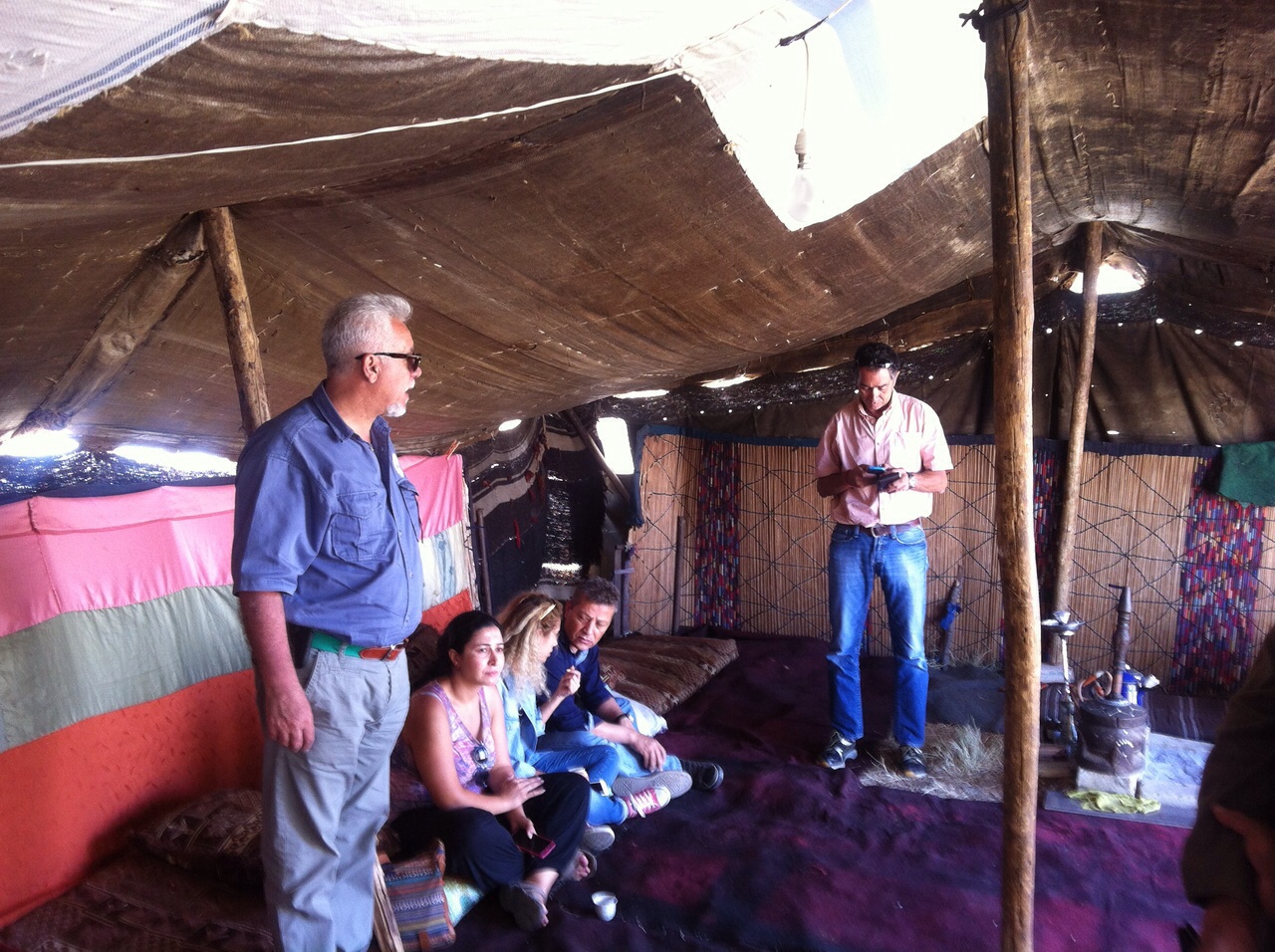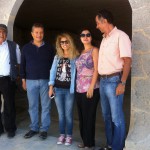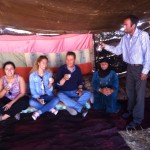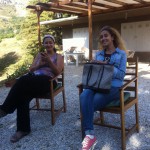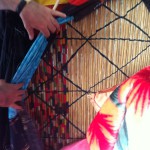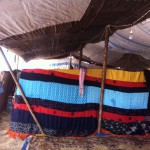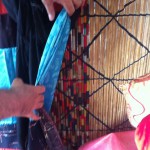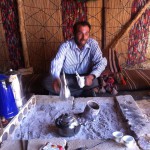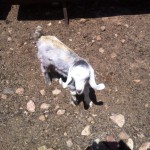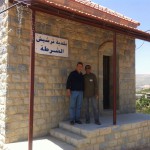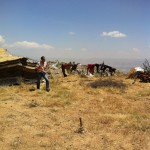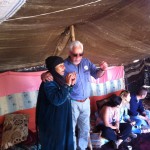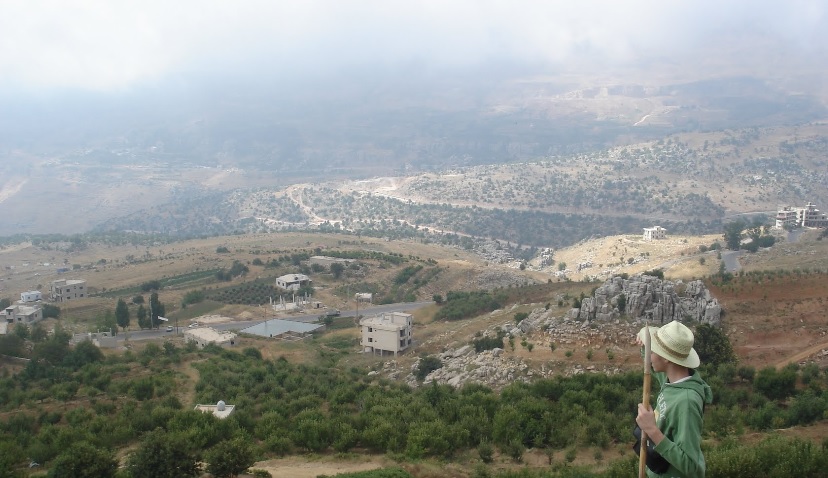
Hima Tarshish
Hima Tarshish is a transhumance region located in caza of Baabda in Mount Lebanon. Its community depends mainly on hunting, grazing, ecotourism, water, and agriculture as income generating activities. Announcing it a Hima in 2015 is helping the locals to sustainably use the resources for long term to reach a better livelihood. This 0.5 km2 area is characterized by a slope planted with new cedar and pine trees, and with a view of the sea on one side and the Bekaa Valley on the other side, making it an attractive site with a remarkable potential for ecotourism.
SPNL has started collaborating with the Tarshish local authorities and community in its mission to protect the environment by promoting the Hima system. Tarshish is a Lebanese village in Kaza Baabda, The village is located at an elevation of 1400m and is 50 km away from Beirut.
The municipality of Tarshish signed the decision to adopt the new Hima annexed with a map that locate the Hima as following: Marej Issa from the east Kaferselwan from the south, private land from the west, and small river from the north.
SPNL team visited the village and met with the municipality, a rapid assessment report was conducted, five main economic sectors have been identified in Tarshish namely: hunting, grazing, ecotourism, water, and agriculture. Further, importance of the protection of natural and cultural sites has been stressed. SPNL team also visited a Transhumance tent in the village.
The revival of the Hima system is empowering communities to take responsibility for managing local resources. This approach is being championed by the Society for Protection of Nature in Lebanon (BirdLife in Lebanon) as part of their Important Bird Areas programme, and is helping to build capacity for local economic enterprises, linked to the wildlife and landscape conservation.
Tarshish occurs in the Old Bible with several uncertain meanings. One of the most recurring is that Tarshish is a place, probably a city or country.
Majdel Tarshish is the neighboring village to Tarshish, it is used to be a station for the retinue of passengers on their way to Metn-Bekaa. The Romans paved roads to cross it, linking, thus, the seaside with the inner plains. They are especially evident in “Bourj Al-Hamam”, (tower of pigeons). Majdel Tarshish was a well fortressed castle in time of invasions that raided down the Bekaa. Rocky sarcophaguses of the Roman era bear witness to that glorious age.
Tarshish Map

